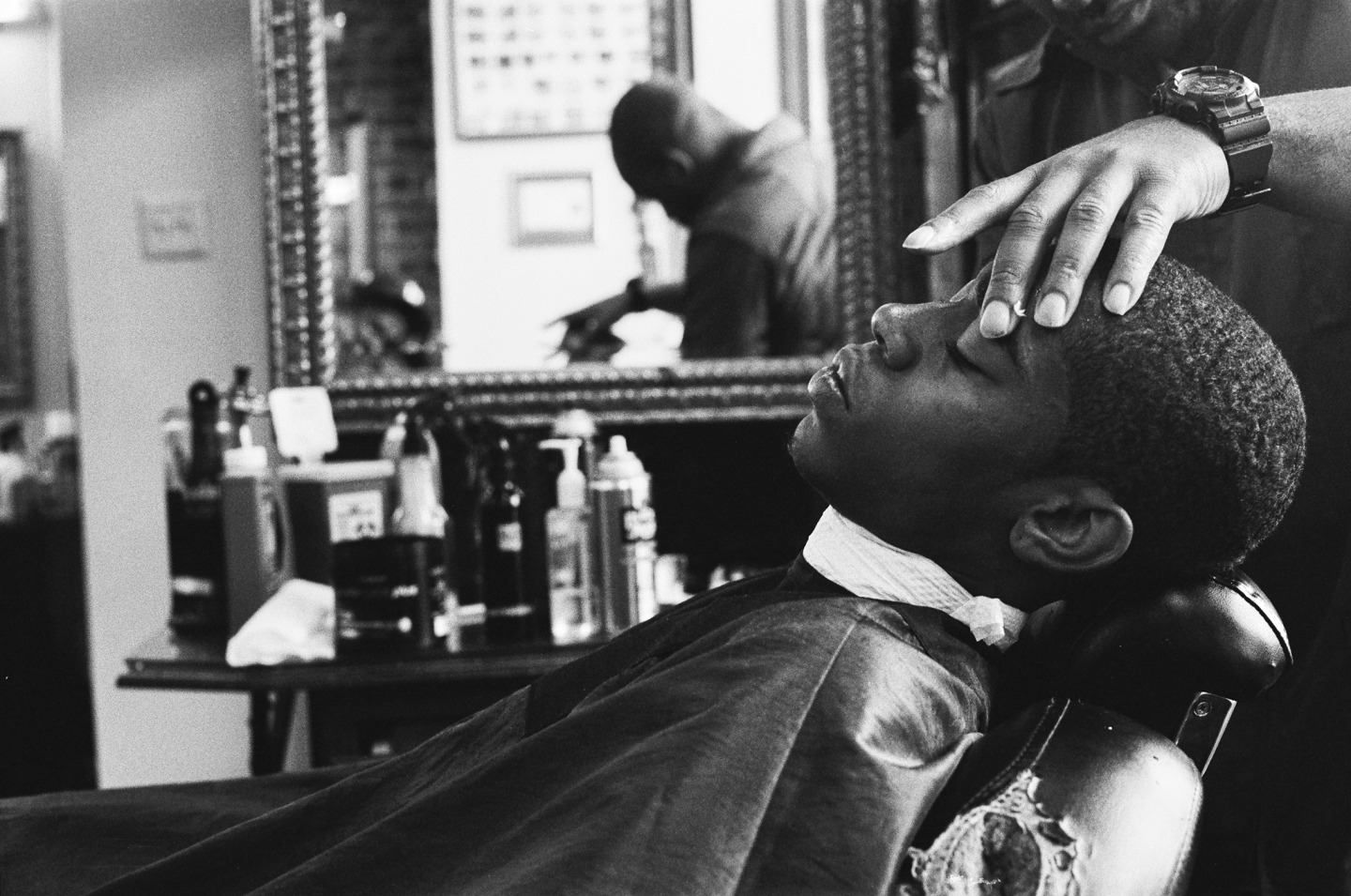Ensuring Client Welfare Through Effective Wellness and Security Regulations within the Grooming Industry
Ensuring Client Welfare Through Effective Wellness and Security Regulations within the Grooming Industry
Blog Article
The hair grooming sector holds a significant position in personal grooming and self-maintenance. However, it is vital to emphasize the health and security of both clients and stylists in this setting. Effective health and protection standards are paramount for maintaining cleanliness standards, avoiding incidents, and ensuring a favorable interaction for all parties involved. By adhering to these guidelines, barbers can establish a safe environment that fosters confidence and ease among patrons.
One key component of health and safety in barbering is sanitation. Stylists must comply with strict hygiene practices, including regular disinfecting of equipment and stations. This includes sanitizing scissors, clippers, and brushes after every use to remove the possibility of spreading germs or contamination. Moreover, professionals should use clean capes and towels for each individual to maintain a hygienic environment. Implementing these practices not only safeguards customers but also boosts the reputation of the grooming establishment.
An additional critical requirement addresses the proper handling of chemicals used in styling services. Items such as coloring agents, chemical straighteners, and other styling agents can pose risks useful link if not managed properly. Stylists must adhere to protective protocols for the storage and application of these chemicals to prevent skin irritations or sensitivities among customers. Using protective gear and ensuring adequate ventilation during treatments are essential steps that barbers should take to ensure client well-being while offering high-standard care.
Injury avoidance is also a key element of health and safety regulations in barbering. you can try these out Salons should be designed with precaution in mind, reducing dangers such as wet surfaces or disorganized areas. Team members should be educated in response protocols, including how to manage lacerations or thermal injuries that may occur during service. Providing first aid kits and confirming that all team personnel know their placements is an effective way to prepare for unexpected incidents. By emphasizing preventative actions, practitioners can maintain an atmosphere where patrons feel safe and well-attended.
Lastly, clear interaction is essential to supporting customer safety in the grooming profession. Stylists should consult patrons about their needs and any potential risks associated with the services offered. This includes discussing allergies to products or prior negative experiences reported by individuals. By encouraging honest communication, professionals can develop rapport with their clients while ensuring that they receive personalized care tailored to their unique needs. In the end, upholding wellness and protection standards will result in improved client satisfaction and a thriving haircare practice.